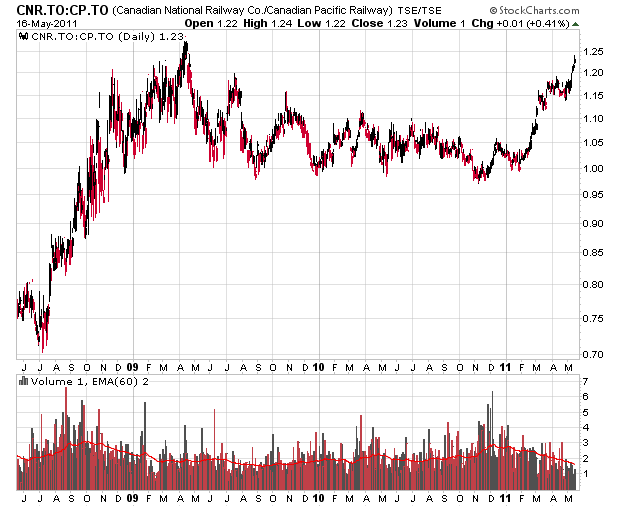Now that I have been thinking about some IPOs that I have covered in the past, we have the following:
Whistler Blackcomb (TSX: WB) – I stated in an earlier article that this is one to avoid and I might think about it at $5.30/share and so far nothing has changed this assessment.
Athabasca Oil Sands (TSX: ATH) I did not have a firm valuation opinion other than that the shares seemed to be overpriced at the offering price ($18/share) and stated the following (previous post):
Once this company does go public it would not surprise me that they would get a valuation bump, and other similar companies that already are trading should receive bumps as a result. I have seen this already occur, probably in anticipation of the IPO.
If you had to invest into Athabasca Oil Sands and not anywhere else, I would find it extremely likely there will be a better opportunity to pick up shares post-IPO between now and 2014.
While the valuation pop from the IPO did not materialize (unlike for LinkedIn investors!) the rest of the analysis was essentially correct – investors had the opportunity to pick up shares well below the IPO price (it bottomed out at nearly $10/share in the second half of 2010), although I don’t know whether the company represents a good value at that price or not. I didn’t particularly care because Athabasca Oil Sands has some other baggage that made it un-investable (in my not-so-humble opinion).
While I am reviewing my track record on this site, one of my other predictions dealt with BP, Transocean and Noble Drilling, that:
Over the course of the next 2 years, $10,000 invested in BP (NYSE: BP) at the closing price of June 16, 2010 will under-perform $10,000 evenly invested in Transocean (NYSE: RIG) and Noble (NYSE: NE). Assume dividends are not reinvested and remains as zero-yield cash.
At present, BP would have returned US$14,392.46 to investors, while RIG and NE would have returned US$14,198.52. If I had the ability to close this bet for a mild loss, I would – the political risk for the three companies in question have completely gravitated toward the “status quo” once again after the Gulf of Mexico drilling accident. Drilling capacity is likely to rise, depressing the value of the contractors and favouring BP in this particular bet.
